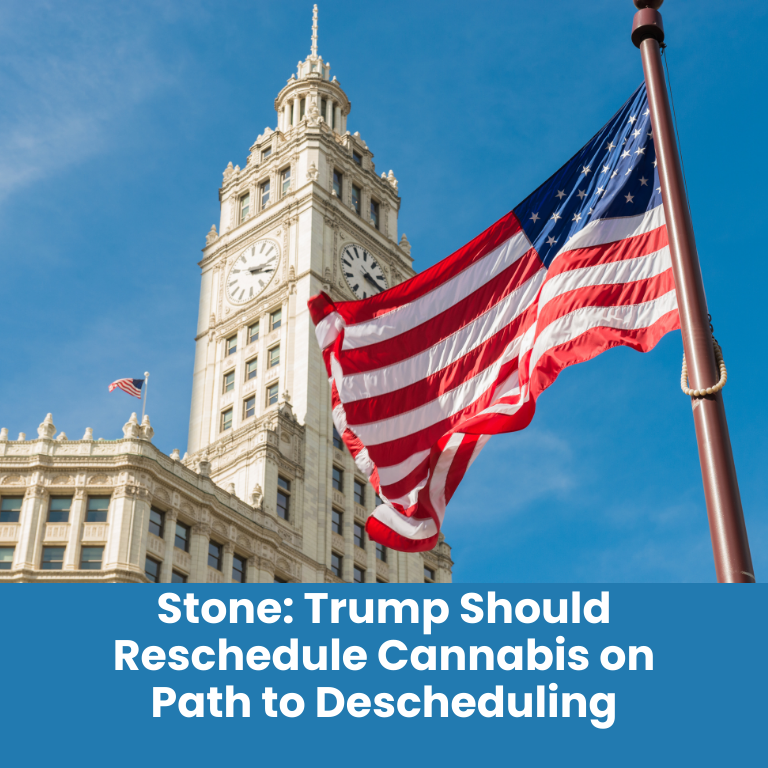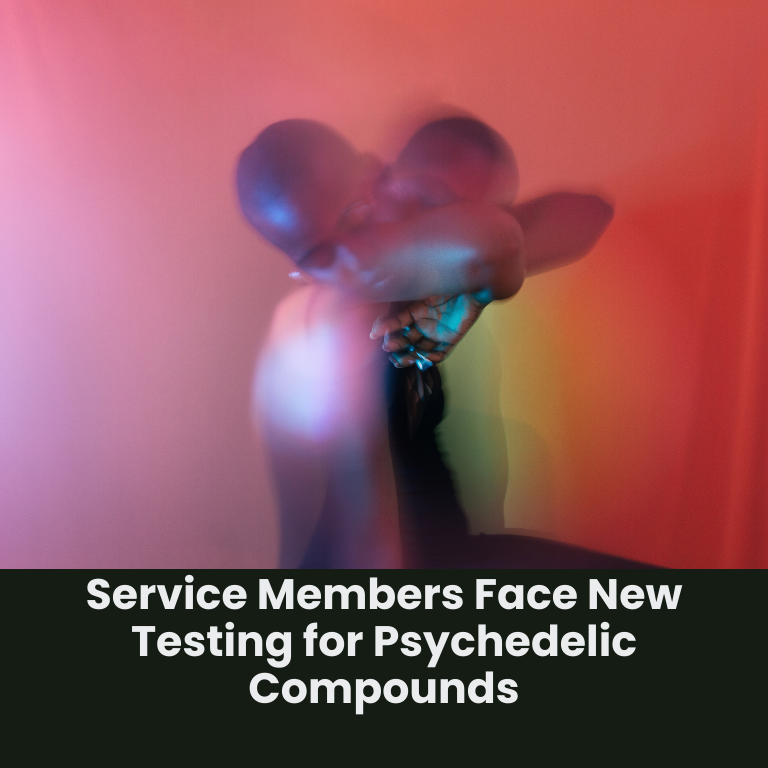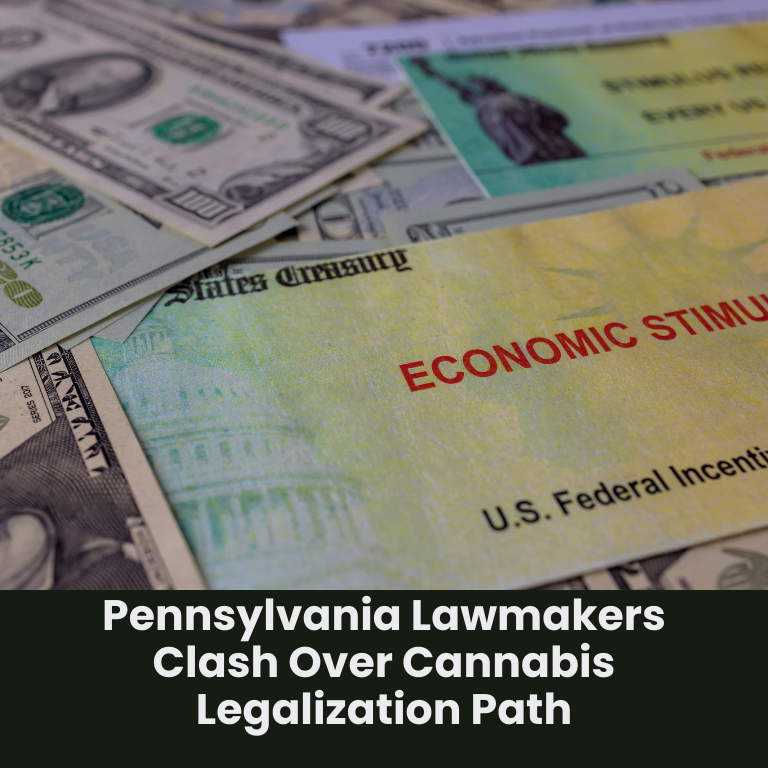New York Cannabis Dispensaries Near Schools Will Remain Open Under Planned Law Change
State Regulators Decide Against Closing Licensed Dispensaries Near Schools
New York’s licensed cannabis dispensaries that were found to be operating within prohibited distances of schools will not be required to shut down, according to the state’s marijuana regulators. The decision marks a significant policy shift in the state’s cannabis program and comes in response to a measurement error that affected both operating and pending dispensary locations.
Governor and Lawmakers Move to Correct Approval Process Error
Governor Kathy Hochul and Democratic leaders in the state Legislature are preparing to amend New York’s cannabis laws to address the state’s earlier misinterpretation of distance requirements. The adjustment is intended to accommodate dispensaries that had already been approved and licensed under the previous interpretation of the rules. The policy change would ensure that businesses granted licenses in good faith are not penalized for an error made by the Office of Cannabis Management (OCM).
Office of Cannabis Management Acknowledges Measurement Misinterpretation
The OCM had previously interpreted the 500-foot restriction as the distance between a school’s front entrance and the entrance to the dispensary. However, the correct interpretation should have been the distance from the nearest property line of the school to the dispensary’s property line. This difference in measurement significantly altered which locations were considered compliant with the law.
Impact on Currently Operating Dispensaries
The dispute affects a substantial number of existing cannabis retailers. According to OCM data, there are 108 licensed dispensaries currently operating in New York. Of those, 89 are located closer to schools than allowed under the corrected measurement standard. Most of these dispensaries are concentrated in New York City, a dense urban area with more than 1,800 schools.
Pending Applications Also Affected by Distance Discrepancy
In addition to active dispensaries, the distance miscalculation has impacted 44 pending license applications that were submitted before the discrepancy was discovered. Of those, 38 pending applicants have proposed locations that would not comply with the corrected interpretation of the 500-foot school buffer.
Legislative Redress Aims to Protect Existing Investments
State officials have expressed their intention to provide legislative relief for dispensary operators who were approved under the original interpretation of the rule. This approach seeks to protect the investments already made by these businesses, which often involve significant expenses for property leases, buildouts, and regulatory compliance. Closing these businesses due to the state’s error could result in job losses, wasted investments, and further setbacks for New York’s legal cannabis market.
New Standards Will Apply to Future Applicants
While existing operators and pending applicants who filed before the discovery of the error will benefit from legislative accommodations, future license applicants will be held to the corrected measurement standard. This means that new dispensary proposals will need to ensure that their sites are at least 500 feet from the nearest school property line, not just the front door of the school building.
Dense Urban Environment Increases Compliance Challenges
New York City’s high population density and concentration of schools make compliance with the 500-foot rule particularly challenging for cannabis retailers. With more than 1,800 schools spread across the five boroughs, finding suitable retail locations that meet the buffer requirement is a significant hurdle. The state’s decision to accommodate existing dispensaries reflects the practical difficulties in siting cannabis businesses in such an environment.
Broader Implications for the Legal Cannabis Industry
This decision underscores the complexities of implementing cannabis legalization in a state as large and diverse as New York. The error in distance interpretation highlights how regulatory ambiguities can have far-reaching consequences for businesses, communities, and enforcement agencies. The situation also raises questions about how other zoning and location requirements are interpreted and enforced across the cannabis industry.
Balancing Community Concerns and Business Viability
The rule requiring a buffer between cannabis dispensaries and schools was designed to address community concerns about youth exposure to cannabis retail activity. However, enforcing the buffer retroactively against businesses that were approved under different criteria would have created legal disputes and potentially undermined confidence in the state’s licensing process. By amending the law, state leaders aim to maintain public safety objectives while ensuring the viability of the legal cannabis market.
Timeline for Legislative Action
Although state officials have confirmed plans to pursue legislative changes, the exact timeline for passing and implementing the amendments remains unclear. Any changes to the law will require approval from both the New York State Assembly and Senate, as well as the governor’s signature. In the meantime, dispensaries affected by the distance discrepancy are expected to continue operating without interruption.
Reaction From the Cannabis Business Community
Cannabis industry stakeholders have welcomed the news, noting that the legislative fix will prevent costly disruptions for licensed operators. For many business owners, the ruling removes a cloud of uncertainty that has been hanging over their operations since the distance discrepancy was brought to light. Maintaining stability in the market is seen as essential to competing with New York’s still-thriving illicit cannabis market.
Lessons for Future Cannabis Regulation
The incident serves as a reminder that precise language and consistent enforcement are critical in cannabis regulation. Small discrepancies in interpretation can lead to large-scale compliance issues, legal disputes, and market instability. As New York continues to expand its legal cannabis market, regulators and lawmakers will likely place greater emphasis on clear definitions, standardized enforcement, and transparent communication with license applicants.
Potential Precedent for Other States
New York’s decision could influence how other states handle similar zoning conflicts in cannabis regulation. States with strict buffer requirements may look to New York’s approach as a model for addressing past regulatory mistakes without punishing businesses that acted in good faith. This case also demonstrates the need for proactive audits and reviews of regulatory processes to catch potential misinterpretations before they affect large portions of the industry.
Moving Forward
As the state works to finalize legislative amendments, dispensary operators are expected to continue normal business operations. The resolution of this dispute represents a step toward greater stability for New York’s cannabis market, which has faced numerous delays and regulatory challenges since legalization. If the changes are enacted as planned, they will ensure that compliant businesses are not penalized for mistakes made by regulators, allowing the state to focus on expanding and strengthening its legal cannabis program.
OG source














